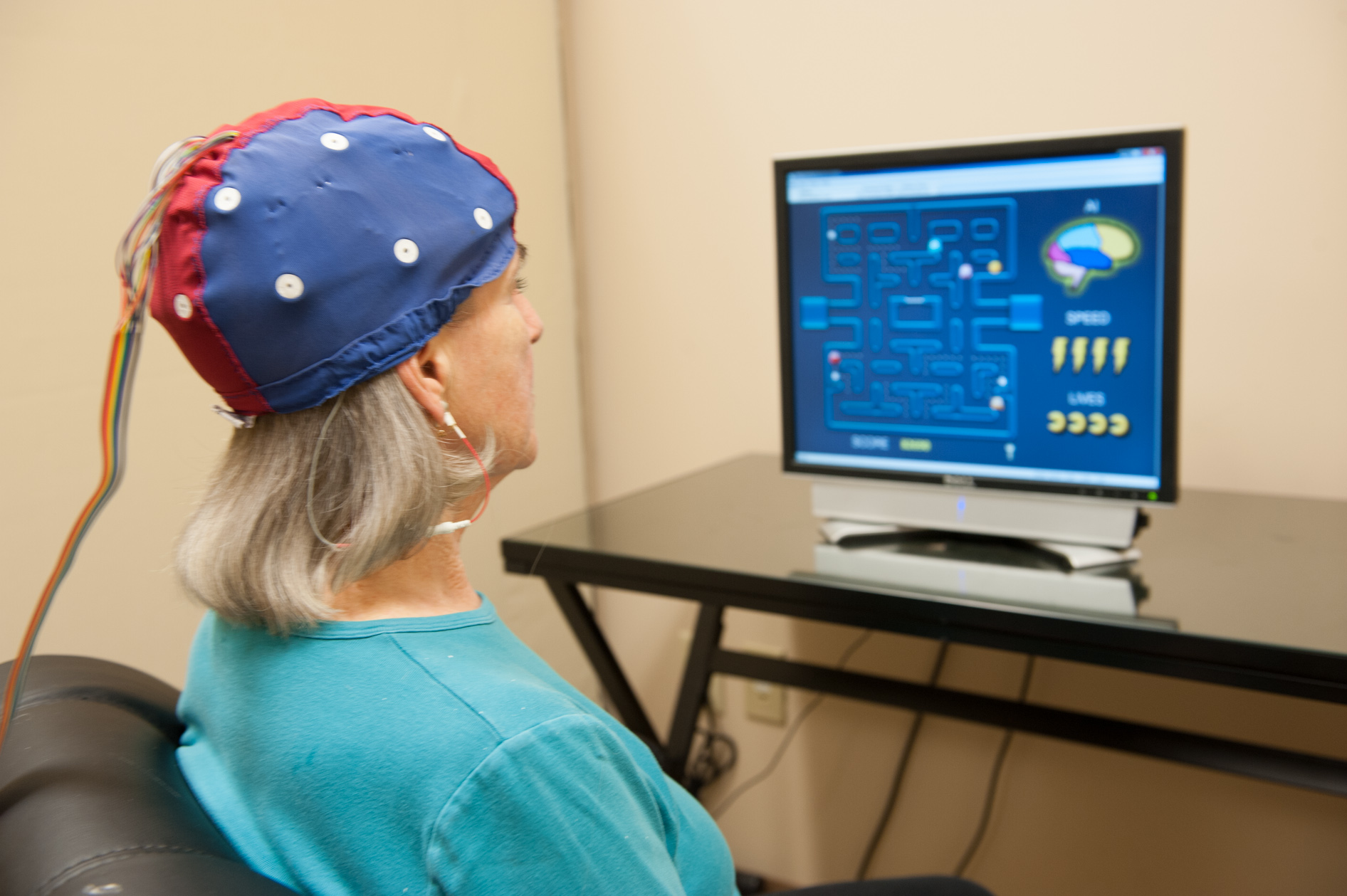Neurofeedback Therapy: A Paradigm Shift for Understanding the Brain
In recent years, the realms of neuroscience and psychology have witnessed a burgeoning interest in neurofeedback therapy as a promising approach to ameliorate various cognitive and emotional disorders. This innovative technique raises essential questions about the interplay between the brain’s neuroplasticity and behavioral change, offering intriguing insights into how individuals can self-regulate their brain activity for therapeutic benefits. This article endeavors to explore the underpinnings of neurofeedback therapy, its efficacy, applications, and the broader implications for understanding mental health.
Understanding Neurofeedback Therapy
Neurofeedback, often referred to as EEG biofeedback, represents a non-invasive technique designed to train individuals to modify their brainwave patterns. By providing real-time feedback about brain activity through electroencephalography (EEG), practitioners aim to help clients develop greater self-awareness and control over their cognitive processes. The premise of neurofeedback therapy is rooted in the principle of operant conditioning, wherein individuals learn to associate specific mental states with favorable outcomes, thereby fostering a more adaptive response to various stimuli.
At its core, neurofeedback therapy involves the application of electrodes placed on the scalp, which detect electrical activity emanating from the brain. This data is then processed and displayed visually or auditorily, allowing participants to engage with their brainwave patterns in an intuitive and immediate manner. The therapeutic protocol typically encompasses multiple sessions, during which individuals learn to enhance desirable brainwave patterns, often associated with relaxation, focus, or emotional resilience, while minimizing those linked to anxiety, stress, or distraction.
The Neurological Basis: Exploring Brainwave Patterns
Human brain activity is characterized by a spectrum of oscillatory patterns, often categorized into specific frequency bands: delta, theta, alpha, beta, and gamma waves. Each of these frequencies is associated with distinct states of consciousness and cognitive functions. Understanding these waves provides a crucial foundation for neurofeedback therapy.
Delta waves (0.5-4 Hz) are prevalent during deep sleep and restorative processes. Theta waves (4-8 Hz) are commonly associated with creativity and relaxed consciousness, often surfacing in dream states or deep meditative practices. The alpha band (8-12 Hz) is linked to relaxed alertness and is often fostered through mindfulness techniques. Transitioning to beta waves (12-30 Hz), these are dominant during active thinking and problem-solving but can also correlate with heightened anxiety when excessively activated. Lastly, gamma waves (above 30 Hz) are associated with higher cognitive functions, such as information processing and memory recall. Each wave presents unique therapeutic opportunities, responding distinctly to neurofeedback interventions.
Potential Efficacy of Neurofeedback Therapy
Research has illuminated the potential efficacy of neurofeedback therapy in treating a variety of conditions, including attention deficit hyperactivity disorder (ADHD), anxiety disorders, depression, and post-traumatic stress disorder (PTSD). Meta-analyses suggest that neurofeedback may offer comparable benefits to traditional pharmacological treatments, warranting further investigation into its long-term impact and applicability across diverse populations.
In the context of ADHD, several studies have reported improvements in attention, impulse control, and executive functioning following neurofeedback interventions. By targeting specific brainwave patterns, therapists can assist individuals in achieving a neurological state conducive to sustained focus and task completion. This has profound implications for educational settings, where neurofeedback could be integrated into individualized learning plans to optimize cognitive engagement.
Beyond ADHD, neurofeedback therapy has shown promise in addressing emotional dysregulation associated with anxiety and depression. Research indicates that modulation of alpha and theta bands can enhance emotional resilience and reduce symptoms of anxiety. For individuals grappling with PTSD, neurofeedback’s ability to facilitate emotional processing and regulation presents an invaluable therapeutic avenue, fostering resilience and coping skills as they navigate the complexities of trauma recovery.
The Unfolding Narrative of Neurofeedback Applications
While the therapeutic applications of neurofeedback are compelling, its implications extend beyond the clinical. The technology presents a fascinating intersection of neuroscience, mindfulness practices, and self-empowerment. By fostering a deeper understanding of one’s internal landscape, neurofeedback may imbue individuals with a sense of agency over their cognitive and emotional states. This empowerment aligns with broader themes within feminist discourse, where self-awareness and autonomy are paramount.
Contemplations on neurofeedback also highlight the ethical dimensions of brain modulation. As access to neurofeedback technologies proliferates, questions arise about the potential for misuse or misinterpretation of the data. It becomes imperative for practitioners and researchers to navigate these discussions with integrity, ensuring informed consent and understanding of the underlying processes involved in neurofeedback training.
Neurofeedback and the Future of Mental Health Interventions
As neurofeedback therapy continues to evolve, its integration into comprehensive mental health paradigms holds remarkable potential. Multimodal interventions that combine neurofeedback with psychotherapeutic approaches, mindfulness, and lifestyle modifications could yield synergistic effects. For instance, adhering to a holistic model that encompasses diet, exercise, and social support alongside neurofeedback may enhance treatment outcomes while promoting overall well-being.
Moreover, the integration of technology into mental health care opens new avenues for accessibility and engagement. Digital platforms offering home-based neurofeedback training could democratize access to therapeutic resources, particularly for those who face barriers in traditional therapeutic settings. Such innovations could facilitate continuous self-monitoring and support, fostering an enduring commitment to mental wellness.
Conclusion: The Imperative of a Nuanced Perspective
In summary, neurofeedback therapy provides an intriguing lens through which to explore the brain’s remarkable capacity for adaptation and change. By harnessing this technology, individuals may cultivate a nuanced understanding of their cognitive processes, enriching their emotional landscapes and overall well-being. Nevertheless, as with any emerging therapeutic modality, it is crucial to approach neurofeedback with a discerning eye, considering both its potential benefits and ethical implications. The journey towards unlocking the full extent of our cognitive capabilities necessitates a collaborative effort between science, ethics, and lived experience, ushering in new paradigms of mental health care that empower individuals in their pursuit of balance and resilience.
